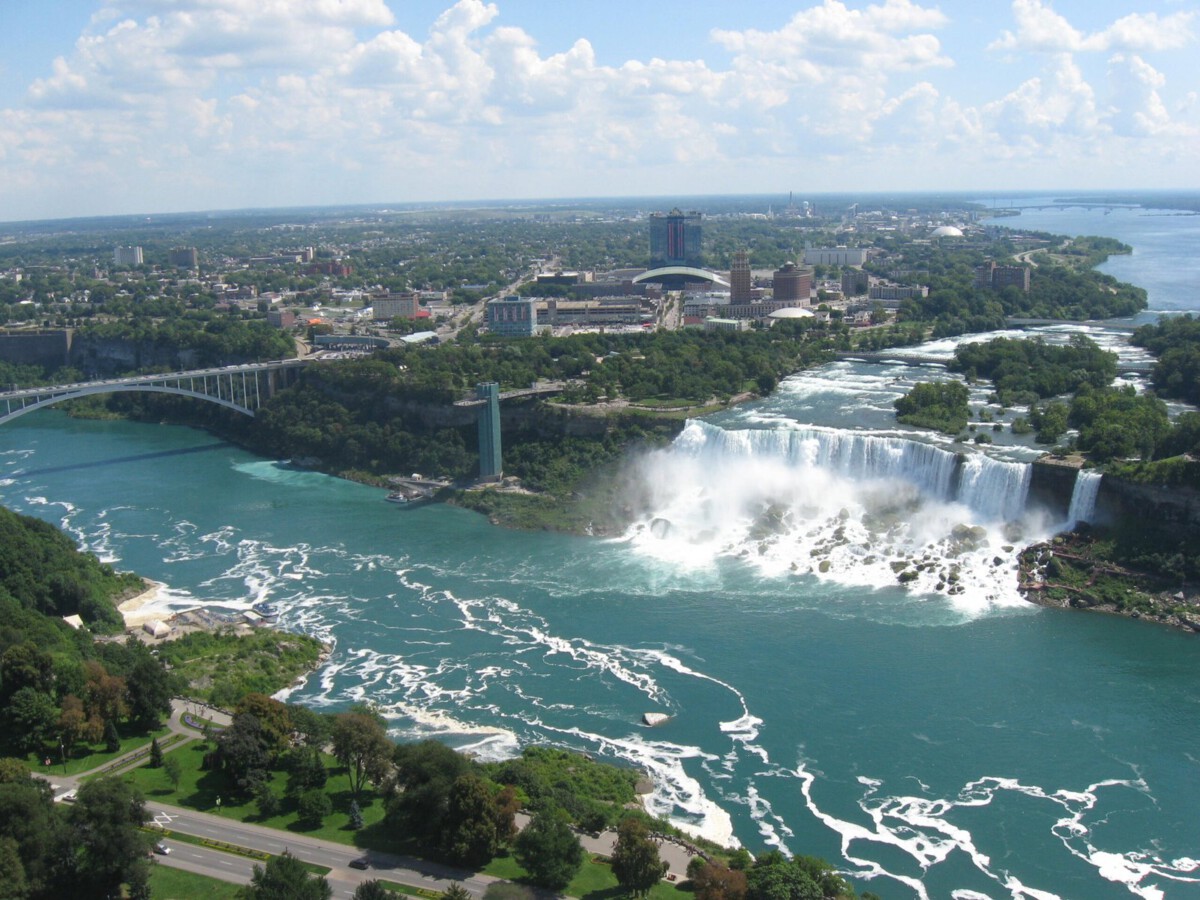Texas: The Billion-Dollar Disaster Champion

When you think about extreme weather forcing people to pack up and leave, Texas immediately comes to mind. Texas leads the nation in both the most frequent severe weather events and the most expensive, accounting for 15% of all U.S. billion-dollar disasters. From 1980-2024, Texas experienced 171 billion-dollar weather and climate disaster events. But here’s the shocking part: Compared to its closest rival, Louisiana, Texas had 77% more billion-dollar weather events. The numbers don’t lie – Between 2020-2023, there were more than three times the number of billion-dollar weather events than those occurring in the 1980s (2020-2023: 48 vs 1980-1989: 14).
What’s driving people away isn’t just one type of disaster. These events included 20 drought events, 9 flooding events, 1 freeze event, 126 severe storm events, 16 tropical cyclone events, 7 wildfire events, and 11 winter storm events. The frequency alone is enough to make anyone reconsider their zip code.
Louisiana: Hurricane Alley’s Persistent Challenge
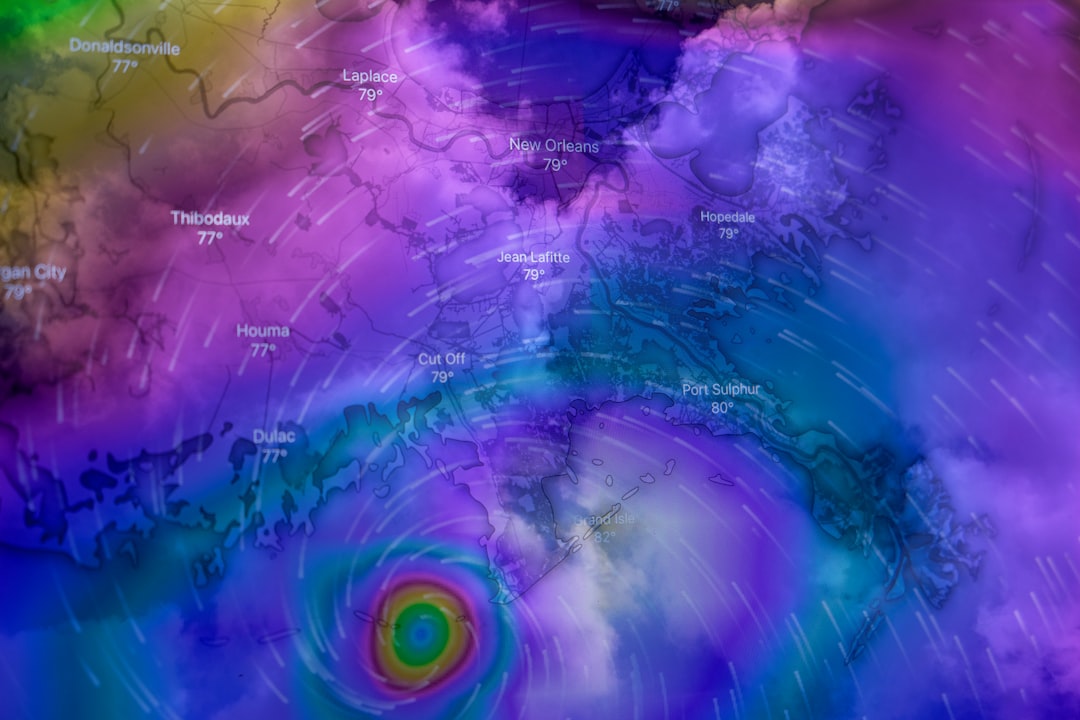
Louisiana sits in second place for a reason that residents know all too well. Comparatively since 1980, Louisiana had 97 severe weather events and Florida was third with 84. The state faces a relentless barrage of hurricanes, flooding, and coastal erosion that makes long-term living increasingly difficult. What makes Louisiana particularly vulnerable is the combination of geography and climate change working against its residents.
The state’s low-lying areas and extensive coastline mean that every major storm system poses an existential threat. A 2023 study found that long-duration outages were most prevalent across the Northeast, South, and Appalachia from 2018 to 2020. Arkansas, Louisiana, and Michigan in particular experienced significantly more long-duration outages in counties with large socially- and medically-vulnerable populations. It’s not just about the storms themselves – it’s about the infrastructure failing when people need it most.
Florida: The Paradox of Growth and Risk
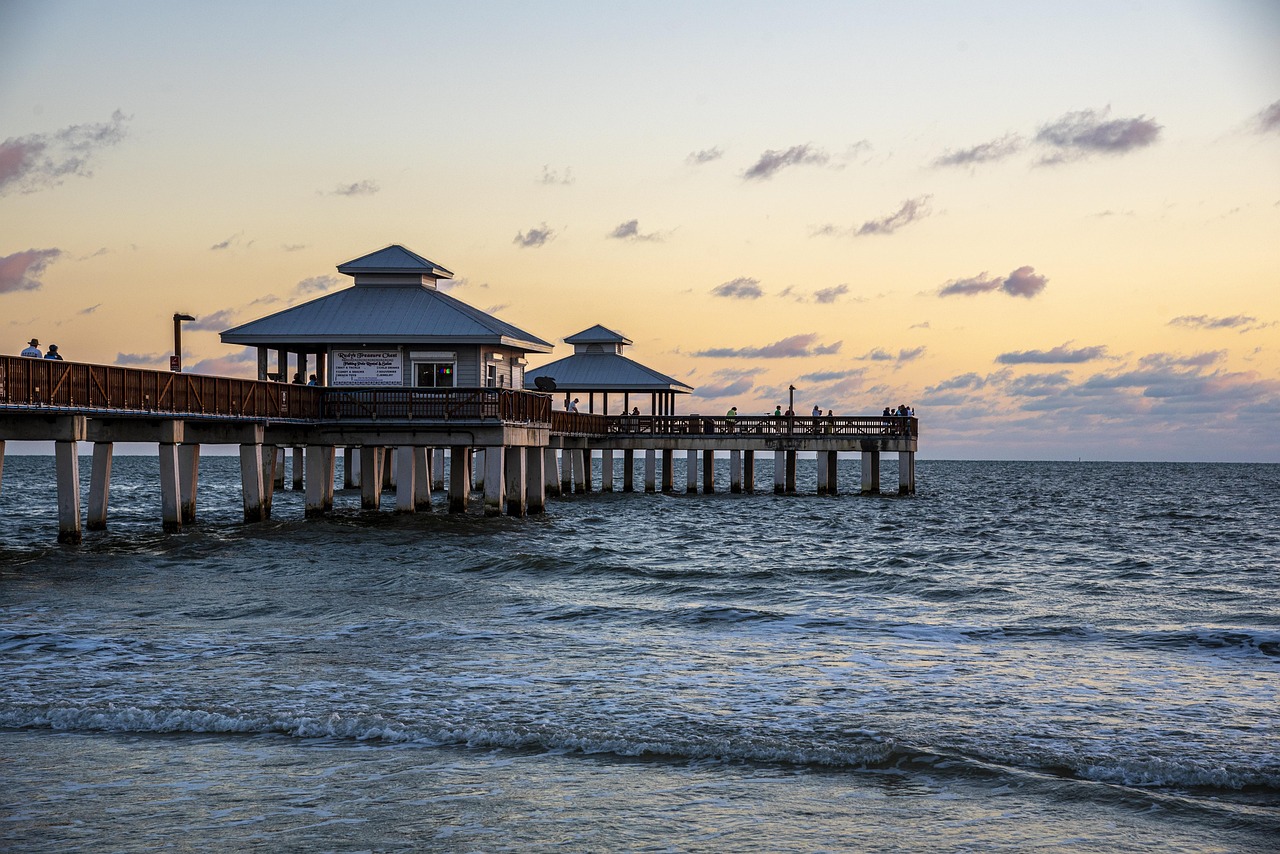
Here’s where things get interesting. Despite being hammered by extreme weather, Florida continues to grow. Within the South, Texas (562,941) and Florida (467,347) had the largest numeric gains. But don’t let the population growth fool you – Florida, in fact, was the fastest-growing state in the United States. However, Since Hurricane Andrew devastated Florida in 1992 — and even as that state has become a global example of the threat of sea-level rise — more than 5 million people have moved to Florida’s shorelines, driving a historic boom in building and real estate.
The reality is that many long-term residents are leaving while newcomers replace them. News reports suggest that after back-to-back Hurricanes Helene and Milton, some coastal residents of the southeast are ready to pack up and move. And yet, between 2021 and 2023, despite well-known risks from climate change, property values there continued to rise. The turnover is real, even if the population numbers don’t immediately show it.
California: Fleeing the Fire Zone
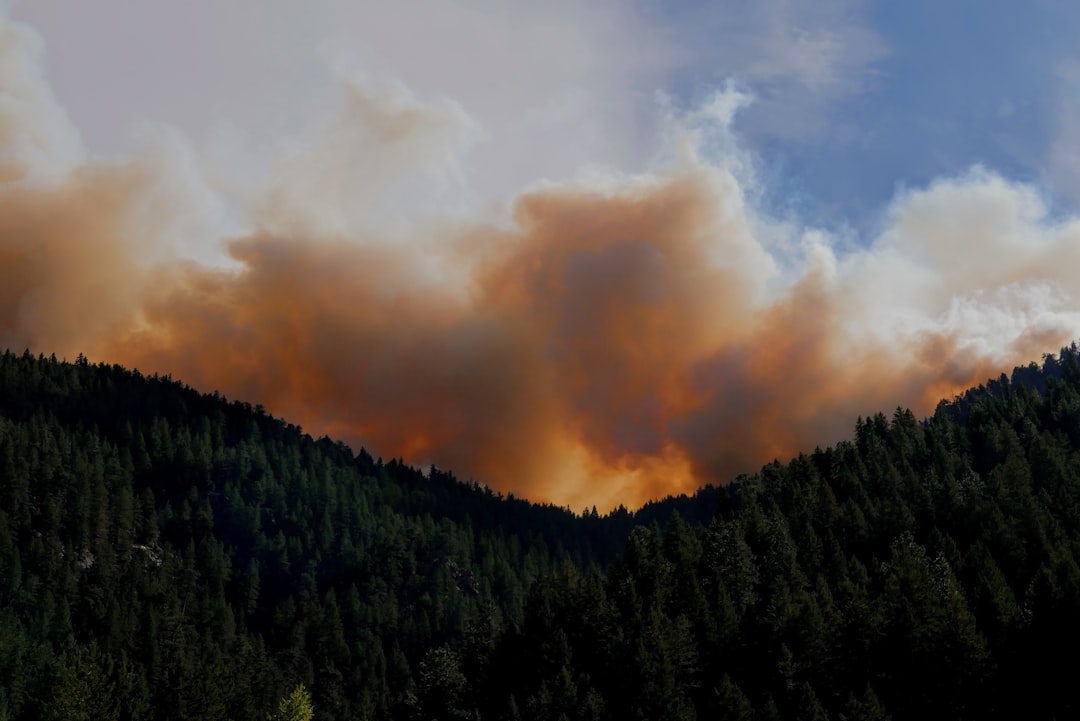
Sharply more Americans living in the West have recently experienced an extreme weather event — 43%, up from 30% in 2023. Seventeen percent of those living in the West have been affected by wildfires, up from 5% in 2023. California’s situation is particularly dire when you consider the long-term trends. 17 of the 20 largest California wildfires by acreage and 18 of the 20 most destructive wildfires by the number of buildings destroyed have occurred since the year 2000.
California (-239,575), New York ( -120,917) and Illinois (-56,235) experienced the largest domestic migration losses. The wildfire risk, combined with extreme heat and drought, is creating a perfect storm for residents to seek safer ground. The 11% of Western residents who experienced excessive heat is also up from 5% two years ago.
New York: The Unexpected Climate Refugee Source

You might not expect New York to make this list, but the numbers tell a different story. California (-239,575), New York ( -120,917) and Illinois (-56,235) experienced massive domestic migration losses. While not traditionally thought of as an extreme weather state, New York faces increasing challenges from flooding, severe storms, and winter weather events that are becoming more unpredictable.
The state’s aging infrastructure struggles to cope with extreme weather events. The states with the most reported weather-related power outages (2000-2023) were Texas (210), Michigan (157), California (145), North Carolina (111), and Ohio (88). The Southeast (360), South (352), Northeast (350), and Ohio Valley (301) experienced the most weather-related outages from 2000 to 2023. Power outages during extreme weather can last for days, making life increasingly unbearable for residents.
Illinois: The Slow Exodus

Illinois represents a different kind of climate migration story. Illinois’ shrank by about 87,000, or 0.05% a year, and Mississippi lost about 16,000 people, or 0.04% a year. While the losses might seem modest, they represent a steady drain of residents who are leaving for multiple reasons, including extreme weather events becoming more frequent and severe.
The state faces a combination of severe storms, flooding, and extreme temperature variations that make year-round living challenging. Among Midwestern residents, tornadoes (10%) and extreme cold (6%) were most commonly experienced. The cumulative effect of these events, combined with economic factors, creates a compelling case for residents to relocate to more stable climates.
North Carolina: Hurricane Highway
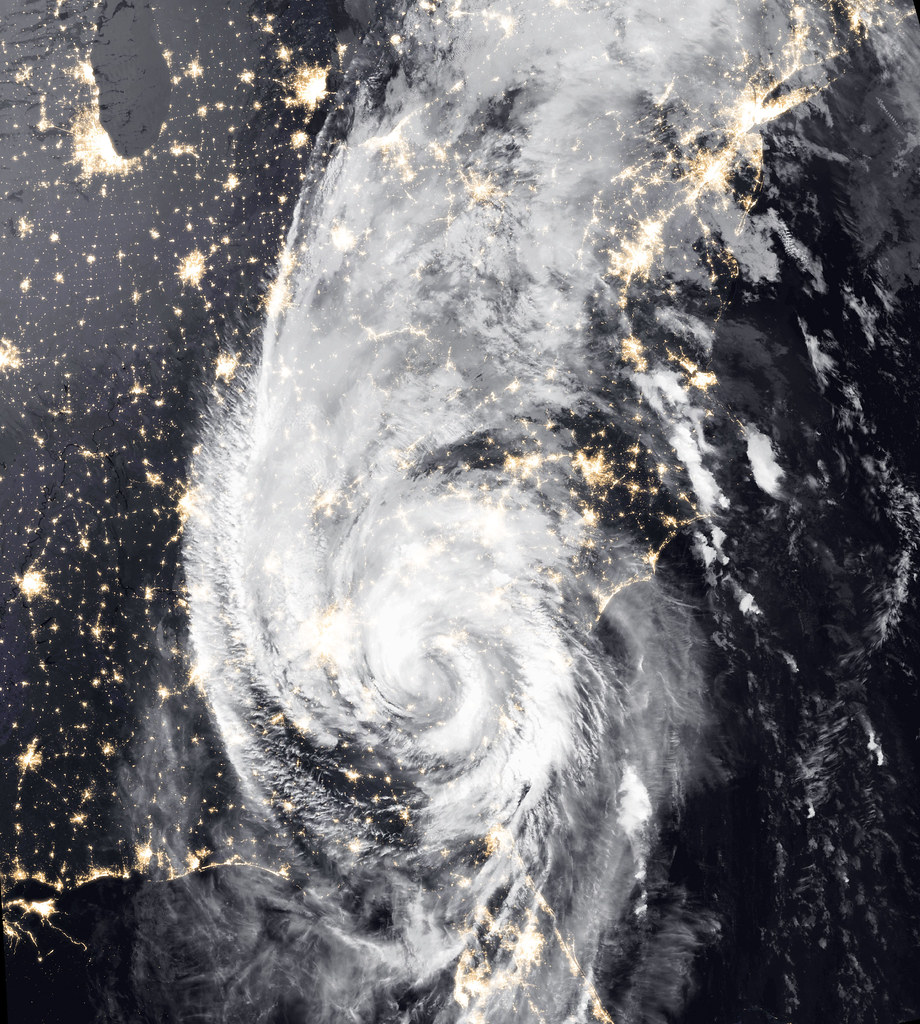
North Carolina sits in a particularly vulnerable position along the hurricane corridor. The states with the most reported weather-related power outages (2000-2023) were Texas (210), Michigan (157), California (145), North Carolina (111), and Ohio (88). The state’s geography makes it a prime target for both Atlantic hurricanes and severe inland storms.
What makes North Carolina’s situation particularly challenging is the increasing intensity of storms. Five of these 11 hurricanes made landfall in the U.S. (tied with 1893, 2004 and 2005 for fourth highest) and include: Hurricanes Beryl, Debby, Francine, Helene and Milton. Hurricane Helene was the seventh-most-costly Atlantic hurricane on record. Hurricane Helene alone caused unprecedented damage across the state, forcing many residents to reconsider their long-term housing plans.
Arizona: Desert Heat Becomes Unbearable
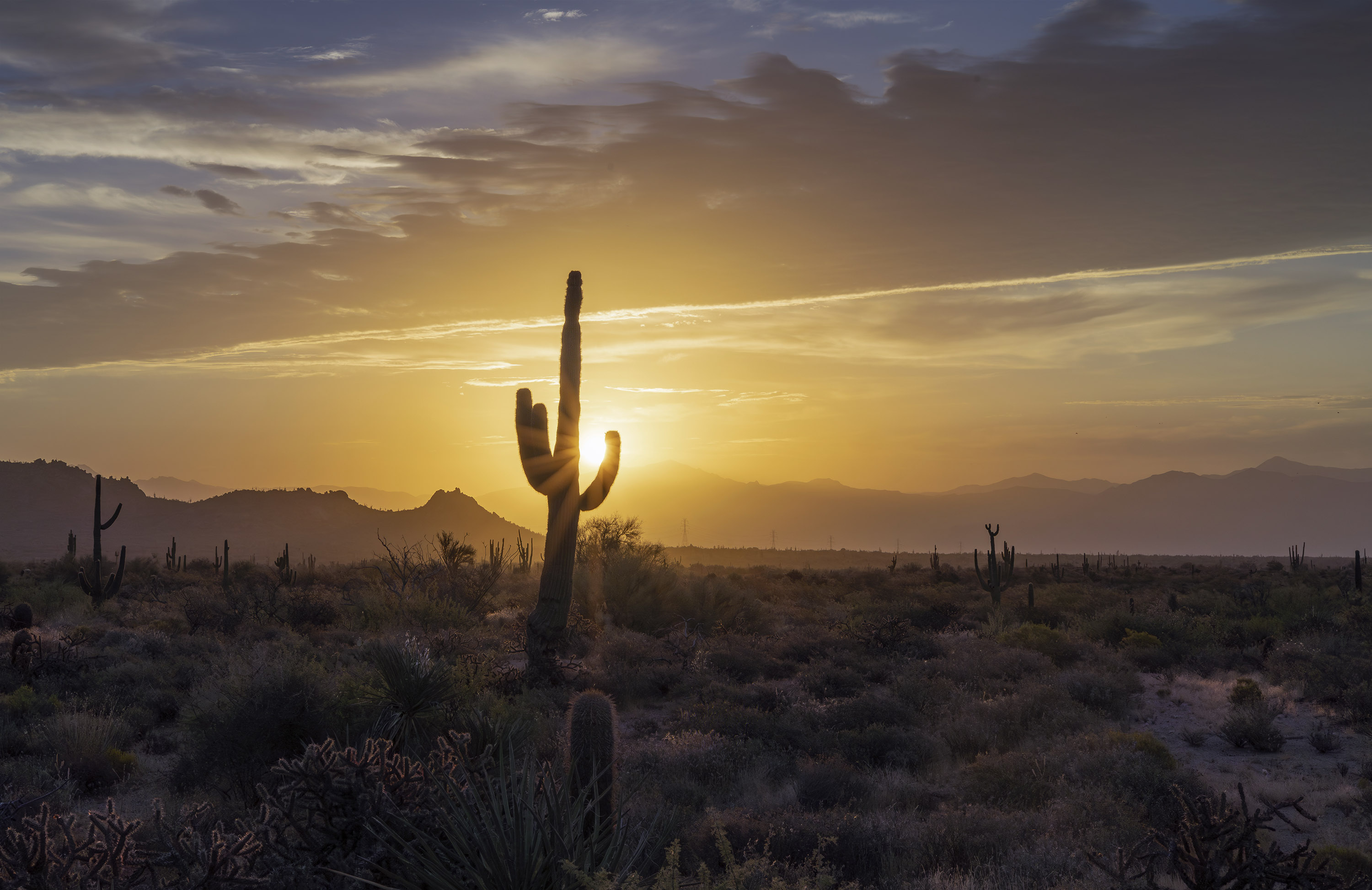
The desert Southwest is experiencing a harsh reality check. At the same time, more than 1.5 million people have moved to the Phoenix metro area, despite its dependence on that same river (and the fact that temperatures there now regularly hit 115 degrees). But despite continued growth, many long-term residents are reaching their breaking point with the extreme heat.
Likewise, despite unprecedented heat waves and increasingly strained water supply, Arizona’s population has also continued to increase. However, this growth masks the reality that many established residents are leaving due to the combination of extreme heat, water scarcity, and the increasing cost of keeping homes habitable during the summer months. The state faces a unique challenge where infrastructure costs are skyrocketing just to maintain basic livability during peak summer temperatures.
The Migration Pattern Nobody Talks About

What’s really happening across these eight states represents something unprecedented in American history. One influential 2018 study, published in the Journal of the Association of Environmental and Resource Economists, suggests that 1 in 12 Americans in the Southern half of the country will move toward California, the Mountain West or the Northwest over the next 45 years because of climate influences alone. The movement is already underway, but it’s not making headlines because it’s happening gradually.
What they will all generally mean is that the population of the United States is likely to shift towards cities and generally towards the North and the Northeast in a long-term climate migration pattern. We’re witnessing the early stages of what researchers call the Great American Climate Migration. It has already begun.
West Virginia: Natural Decline Meets Climate Reality
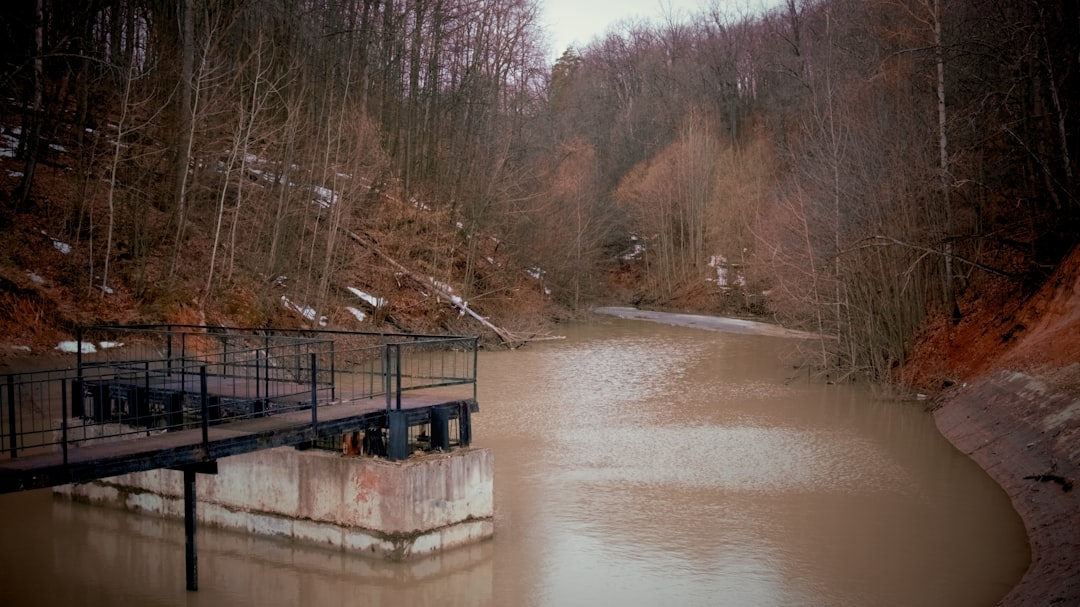
West Virginia rounds out our list with a unique combination of natural population decline and climate-related challenges. Three states saw their populations decrease slightly between 2023 and 2024: Vermont (-215), Mississippi (-127) and West Virginia (-516), up from two states that lost population between 2022 and 2023. The losses in Mississippi and Vermont resulted from negative net domestic migration and natural decrease (more deaths than births), and the loss in West Virginia was from natural decrease.
West Virginia’s population declined by just under 78,000 since mid-2009, equal to 0.29% annually. While not facing the same dramatic weather events as coastal states, West Virginia deals with severe flooding, extreme storms, and infrastructure challenges that make recovery from weather events particularly difficult. The combination of economic factors and increasing weather volatility creates a perfect storm for continued population loss.
The Hidden Cost of Staying

What many people don’t realize is that staying in these high-risk areas is becoming financially impossible for many families. Losses from the billion-dollar disasters tracked by NCEI have averaged $140 billion per year over the last decade. The cost per capita has also remained at a high level for the U.S. as a whole since 2017 when compared to previous years even after adjusting for CPI-inflation. This indicates that the costs of the billion-dollar disasters are rising more sharply than general population growth.
Numerous companies have withdrawn from the home insurance market in states across the country, including Louisiana and Florida. Finding insurance is increasingly difficult and more expensive. When insurance becomes unavailable or unaffordable, the smart money moves elsewhere.
These eight states represent the front lines of America’s climate migration crisis. While population statistics may not immediately reflect the full scope of departures due to newcomers and natural growth, the underlying trend is clear: extreme weather is forcing more Americans to make the difficult decision to leave their homes behind.



